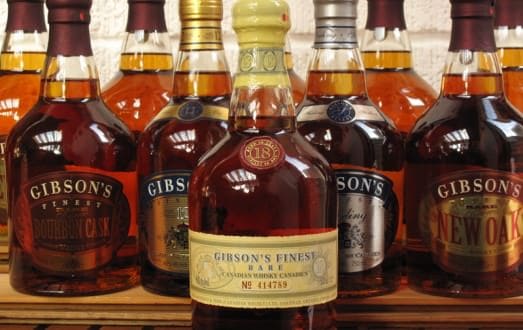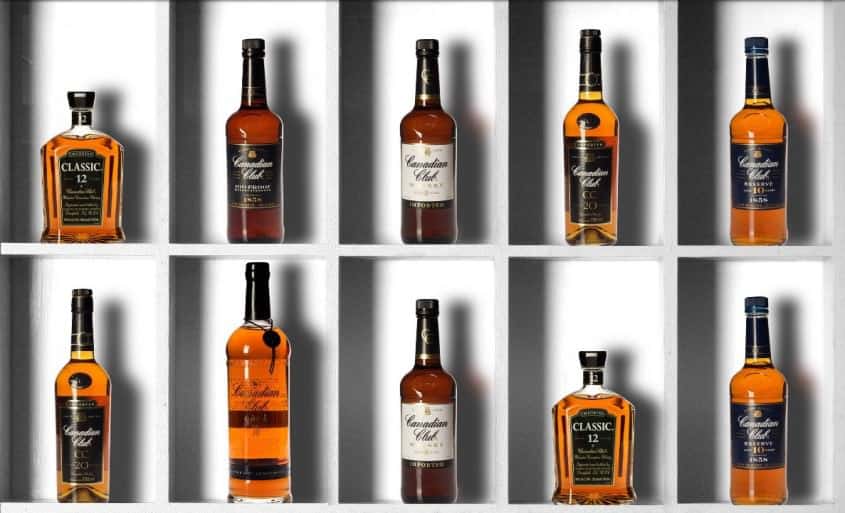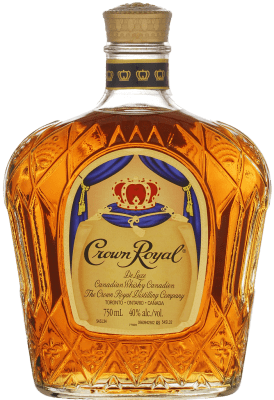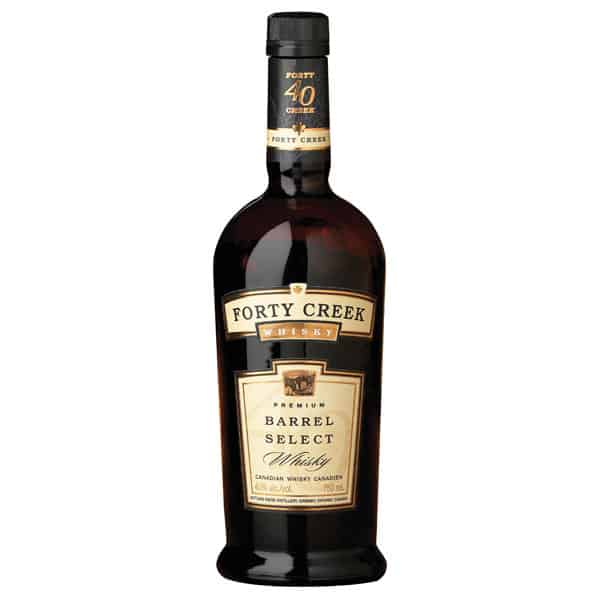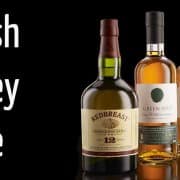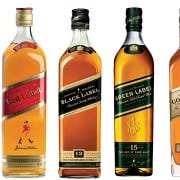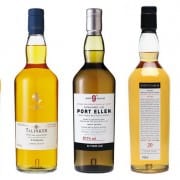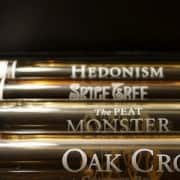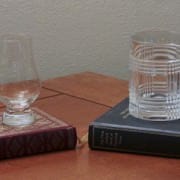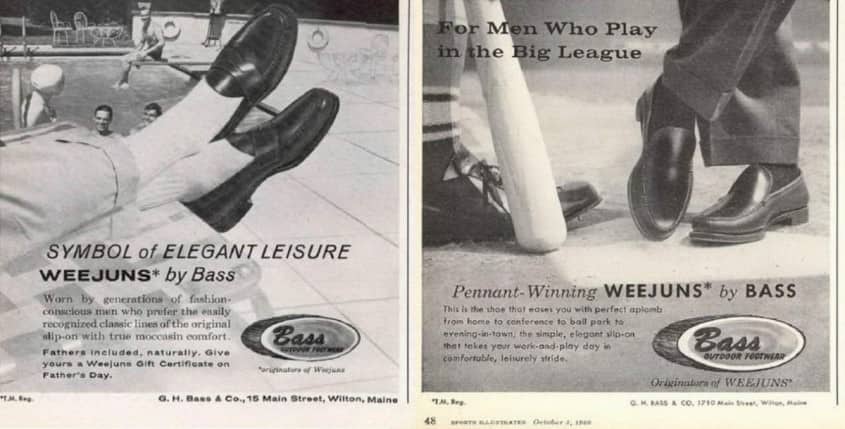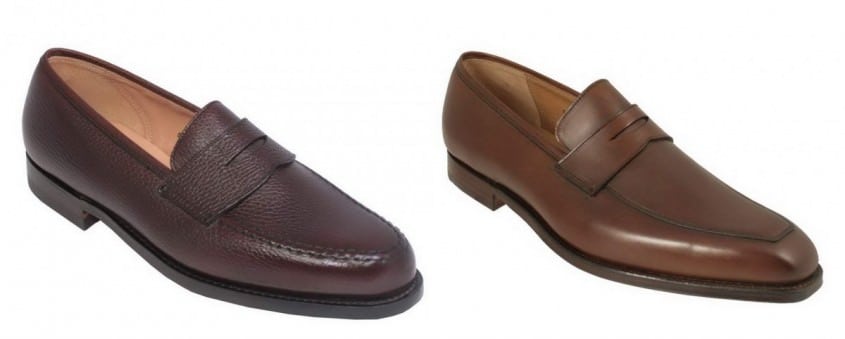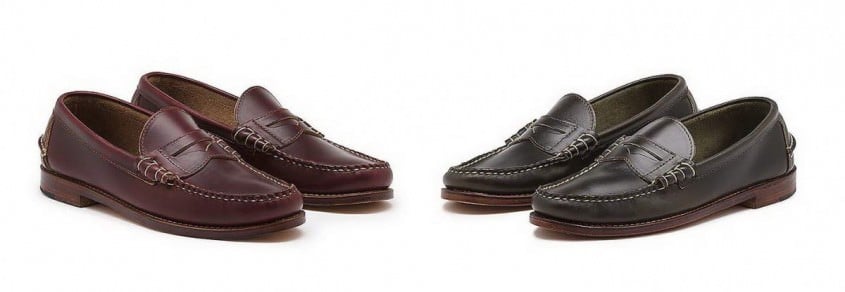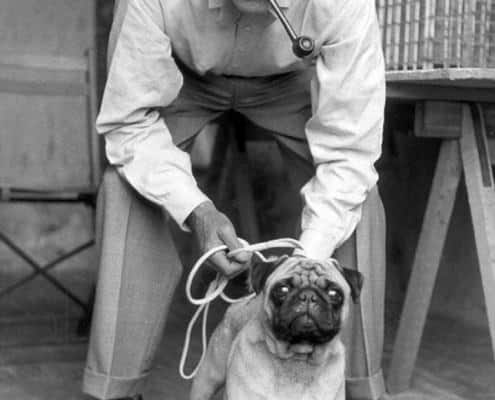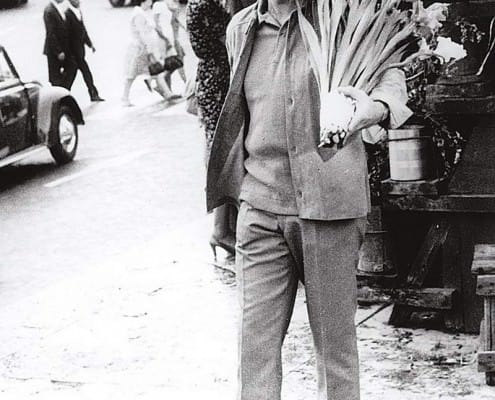Canadian whisky is often overlooked as being on par with the quality of its Scotch, Irish, American and even Japanese counterparts. However, where Canada really excels is when it comes to manufacturing a spirit that is easy to justify mixing a drink with.
Being from the great white north, it would be nice to pay homage to my home by gallantly lifting our whiskies onto a pedestal and parading them as superior and exceptional spirits for all the world to see.
Well, you won’t see me doing that anytime soon.
It’s not because of the fact that Canadian whisky isn’t good. It’s simply because I find it far too light. As a Scotch drinker, I prefer a peatier and smoky dram, whereas, similar to Irish whiskey, Canadian whisky is some of the lightest and easiest spirits to consume, making it ideal for mixing or as an introduction to those new to the game of whisky.
Not to suggest there is anything wrong with Canadian whisky. Many, many people love it straight, including those who also enjoy Scotch. In fact, I have a few friends who prefer a Gibson or Canadian Club to that of any Scotch or Irish counterpart, yet still enjoy a dram of Lagavulin or Laphroaig when Gibson’s or CC isn’t available.
Gibsons Whiskies
The History of Canadian Whisky
Canadian whisky has actually had quite an illustrious history, well known for its time where it was bootlegged into America during the heart of prohibition. In the year 1769, the first distillery was opened in Quebec by a man named John Molson, and by the mid-1800s there were more than 200 distilleries actively producing across Canada.
Many people often wonder why Canadian whisky is spelled the same as Scotch and without the “e”. This is because of the large amount of Scottish settlers that came to Canada, who were the ones responsible for the upstart of Canada’s whisky production. Since they used the same processes adopted from back home in Scotland, it was also decided to maintain the same spelling, as these distillers believed their product was similar, both in taste as well as quality.
One ingredient however, the really separates Canadian whisky from Scotch is the use of corn. Similar to that of American Bourbon, Canada has enjoyed utilizing the overflowing population of corn grown across its vast land. An interesting note is that often Canadian whisky is simply referred to as “Rye” or “Rye whisky”. This isn’t because rye is a primary ingredient, but because rye has such an overpowering authority over the taste of the whisky. The more rye used in the batch, the spicier the notes. Very rarely, is rye used as a majority ingredient, and often only makes up a very small percentage of its ingredient list.
Prohibition
Many may not be aware, but Canada too had its own prohibition from 1916 to 1917. However, it’s because of the American prohibition, that Canadian whisky became known the world over.
In 1920, right up until 1933, the American government banned the sale of all liquor nationwide. In fact, not only was the sale of liquor banned, but so was the importation, production and transportation of it anywhere on US soil. While private ownership and consumption wasn’t illegal in most States, there were still many regions that took it into their own hands to prevent it in their homes.
This is was an incredibly debated issue, as in those days, certain spirits were viewed as medicinal and the addiction levels were through the roof. Many believed this was the government’s way of controlling them and because of it, groups merged with the goal of illegally rum-running alcohol into the US from neighboring countries such as Canada.
With organized crime taking a stronghold over Atlantic City, New York and Chicago, mobsters like Al Capone switched priorities and began focusing heavily on the importation and sale of illicit alcohol. Recently, an entire TV show called Boardwalk Empire evolved around it.
https://www.youtube.com/watch?v=pK9vFVON1RM&t=11s
While there is (obviously) very limited records as it applies to just how much Canadian whisky was illegally poured into America, it is well known that the speakeasies of the South were flowing. A perfect example is Hiram Walker‘s distillery in Windsor, Ontario, which by happy-accident was directly across the river from Detroit and during prohibition was a prime site for bootleggers to smuggle it across the border using fast and small boats.
Following the end of prohibition, the Federal Alcohol Administration believed that Canadian whisky was similar to that of Tylenol, a cure-all for many American illnesses and a great remedy for pain, something many Canadians I know might agree with.
In 1933, the FAA imported 3,314,443 gallons of Canadian whisky, most of which was Seagrams, into the United States for allocation to various medical clinics, hospitals, pharmacies, and other public buildings including libraries. It was this action that confirmed Canada’s position in the global whisky market.
What Differentiates Canadian Whisky?
Canadian whisky, often referred to as “rye whisky” is typically made from a concoction of various grains blended together in harmony. Most common are barley, corn, rye and wheat, with corn being the most emphasized.
It’s style tends to be closest to that of Ireland’s blended whiskies being a light, palatable spirit that is often described as smooth and mellow with very little hints of peat.
Unlike most countries, Canada’s regulations for whisky are very broad and allow the spirit to be mixed with a variety of other spirits which can include bourbon, sherry, brandy and even non-alcoholic flavored liquids. The distillation by law occurs in column stills and must be matured for a minimum of three years before being released to the public.
In fact, one of the world’s best sellers is Crown Royal, whose distillery is just minutes from my family’s summer home.
Canadian Club Whiskies
Recommended Bottles
Canadian Club Small Batch Sherry Cask
One of the few Canadian whiskies I enjoy neat or with a splash of water. The sherry cask is proof that Canada is capable of producing a spirit that can be more than just another ingredient in a cocktail. This particular bottling makes use of very small quantities of Canadian Club’s finest blends that are aged for a minimum of eight years in white oak barrels before being double matured in Fino sherry casks imported from Jerez, Spain.
The coloring is close to what I would describe as an exquisite bronze with a nose that features strong wafts of fruits with just a hint of oak and a blast of sherry. The taste on the palate is full of figs, sultanas and dates with some light touches of vanilla, charred oak and toasted grains.
The finish is as mellow as the taste without a hint of peat. It’s strongly sweet and lasts for a considerably long time before enveloping your mouth with a subtle oak finale.
Canadian Club Small Batch 12 Year
If you’re looking for something a bit more robust in flavor than the sherry cask, try the 12 year.
It has a strong barley flavor profile and is a great step up from the other whiskies in the Canadian Club lineup. Aged for 12 years in bourbon barrels, it can be consumed neat, but I prefer it in the classic cocktails such as a Manhattan or even an Old Fashioned.
The color is more of a gold than bronze and the nose is soft but creamy with strong fruit statements. The flavor matches with the vanilla from the charred bourbon barrels and a hint of spice that matches nicely with honey and oak.
The finish is a bit longer than that of the sherry cask and far drier with strong bursts of butterscotch and a hint of smoke.
Crown Royal Whiskey
Crown Royal Cask No. 16
The 18 is what many consider to be the pinnacle of Crown Royal’s lineup. It’s a unique mixture of more than fifty different whiskies that are blended together before being finished in Cognac casks imported from the Limousin forest.
Unfortunately, I have only tried this whisky once and didn’t make note of it. What I can tell you is that it’s a far more complex whisky compared to most other Canadian drams. It can be consumed neat but I wouldn’t recommend it for those who don’t already drink unmixed whisky on a regular basis.
Gibson’s Rare 18 Year
If you asked me my opinion of Gibson’s Sterling I would tell you to go drink a beer. The sterling is abhorrent in my opinion, but the 18 year is about as good as it gets.
The second bottle I can withstand not to mix, this dram is delicate and velvety with rich layers of complex aromas and flavors that are often unseen in Canadian spirits.
The nose is rich and sweet full of warm brown sugars and fruit. The palate is medium bodied with wafts of vanilla and rye, succeeded by honey and dried fruits. The finish is long, less complex, but still about as remarkable as they come.
Glenora
Glenora is an interesting whisky because it comes from Nova Scotia which is prominent for its Scottish, Irish and Gaelic communities. What really separates it from the rest of the pack though is that it was the first single malt distillery in Canada and, wait for it… finishes the aging process in ice wine casks.
Glenora has had a turbulent history and for years has been in battle with the Scotch Whisky Association which believes that the “Glen” in the name, is likely to confuse unsuspecting buyers who may accidentally believe it to be Scotch.
In addition, Glenora is well noted for being visitor friendly which is something not many distilleries in Canada are known for. In fact, most don’t allow visitors to enter the distillery, some even going to far as to prohibit media and delegates from touring their facilities.
The Glenora is a unique bottling, most known for their 10 year. The nose is full of Canadian maple and vanilla with hints of orange, chocolate and cherry. The palate is nutty with huge bursts of cherry and maple again. The finish is my favorite part which has obvious notes of apple pie with the freshness of ginger.
This is a bottling I often choose to mix with lighter cocktails and one I don’t typically enjoy straight up.
Forty Creek – Canadian Whiskey
Forty Creek and Canadian Club
Two different bottles from two different companies, I have paired these together for one reason; they are the moonshines of Canadian whisky.
Why are they in my list of recommended spirits you ask? The answer is simple. They are some of the best bottles to have on your shelf for those with no appreciation, or who simply want a Rye and Coke.
I won’t even get into tasting notes on these. They simply aren’t worth the time. All you need to know about these two bottles is that they are the Smirnoff and Bacardi’s of the whisky world. Great for mixing, but call in sick if you plan on drinking them straight up.
For cocktail recipes, please take a look at our other whisk(e)y guides.
Conclusion
Today, there are 500 Canadian distilled spirits and it’s not difficult to find a few you’ll enjoy. While the whisky is quite mellow when compared to a Scotch, it has an unmistakably unique flavor profile and complexity imparted by the Rye.
In the end, Canadian whisky may not be my first choice, but it holds a special place in my heart and in my bar. It’s the perfect dram for a newcomer turned off by the “harshness” of Scotch and it really shines in a plethora of mixed cocktails (click here to learn more about tools and mixing). Not to mention, you can’t go wrong with the price.
Sưu tầm từ : Canadian Whisky Guide — Gentleman's Gazette http://www.gentlemansgazette.com/canadian-whisky-guide/#ixzz32s1weJlA
